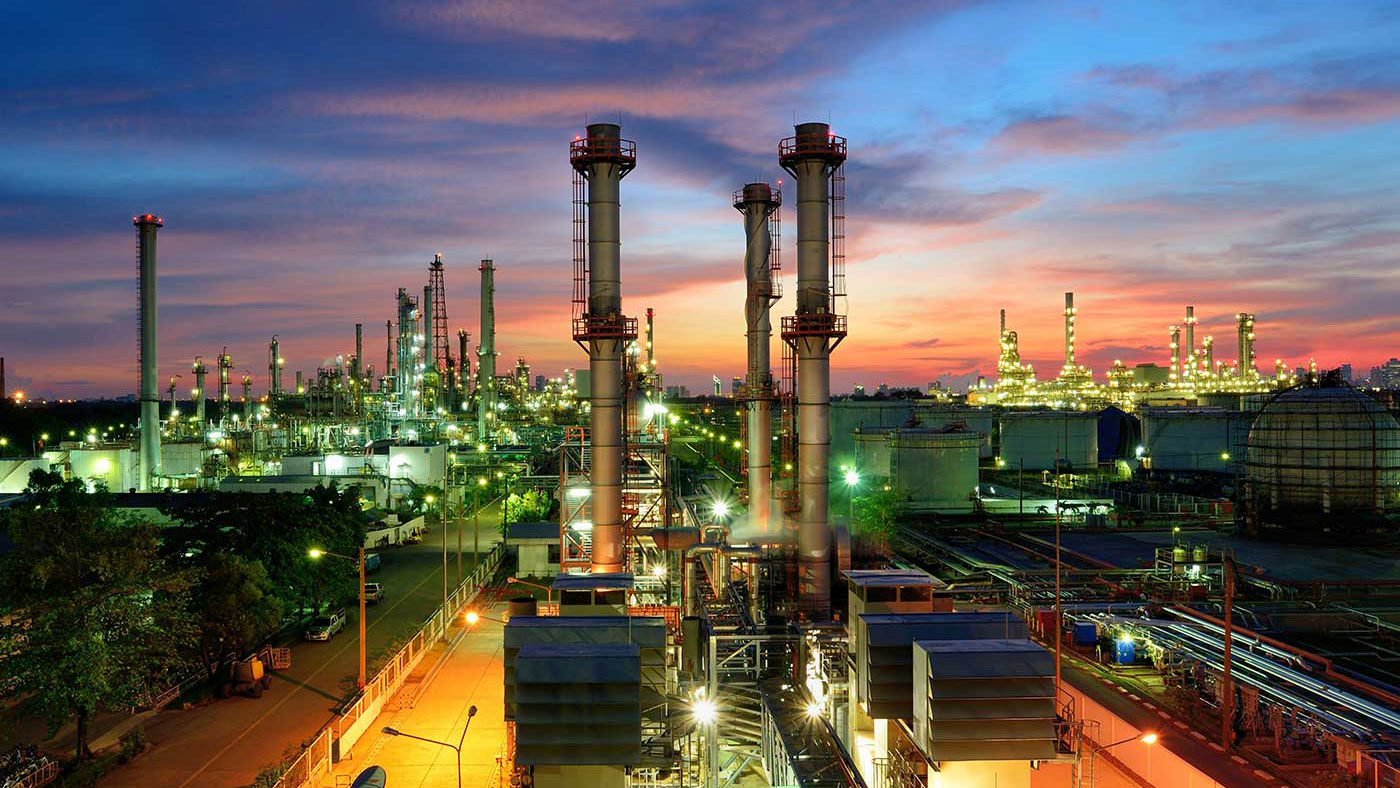
The Benefits of Metal Mesh in Green Roofing Systems
The Benefits of Metal Mesh in Green Roofing Systems
Metal mesh plays a crucial role in the success and efficiency of green roofing systems, particularly in promoting plant growth, aiding ventilation, and supporting sustainable design. Here's a breakdown of how this material contributes to eco-friendly roofing solutions:
1. Structural Support for Vegetation
Metal mesh provides a strong yet flexible framework that helps anchor plant roots and growing media in place. This is especially useful for:
- Sloped green roofs, where soil and plants need additional support to prevent erosion.
- Modular green roofing systems, where mesh helps contain and organize growing modules.
By stabilizing the vegetation layer, metal mesh enables more diverse and robust plant growth.
2. Enhanced Ventilation and Drainage
One of the critical functions of green roofs is effective water management. Metal mesh contributes by:
- Improving air circulation beneath the growing medium, helping prevent mold and root rot.
- Allowing water to drain efficiently, especially when integrated with drainage layers, preventing pooling and structural damage.
Good airflow also regulates temperature, preventing overheating and extending the life of roofing materials.
3. Lightweight but Durable
Metal mesh (often made from aluminum or galvanized steel) offers high strength without adding significant weight. This makes it ideal for use in green roofs, where:
- Load-bearing capacity is a concern, especially in retrofitting older buildings.
- It can withstand environmental stressors like moisture, UV exposure, and freeze-thaw cycles.
4. Encouraging Vertical and Tiered Plant Growth
In more complex green roof designs, such as those incorporating vertical gardens or tiered systems, metal mesh can:
- Act as a trellis or scaffold for climbing or vining plants.
- Enable layered ecosystems, supporting biodiversity and increasing surface area for greenery in compact spaces.
5. Eco-Friendly and Recyclable
Sustainability is central to green roofing. Metal mesh aligns with these goals because it is:
- Recyclable, reducing construction waste.
- Often made from recycled materials, reducing the carbon footprint of the project.
Some systems even integrate photovoltaic panels with mesh support structures, combining solar energy with green roofing.
Key Components of a Green Roof System:
- Vegetation Layer: The uppermost layer consisting of plants.
- Growing Medium: A substrate that supports plant growth.
- Filter Sheet: A geotextile fabric that prevents soil erosion.
- Drainage Layer: Facilitates water movement and storage.
- Waterproofing Membrane: Protects the underlying structure from water ingress.
- Metal Mesh Layer: Provides structural support for plants and aids in ventilation.
- Insulation Layer: Enhances thermal performance of the building.
- Roof Deck: The base layer of the roofing system.University of Chicago Library
Benefits of the Metal Mesh Layer:
- Structural Support: Helps anchor plants, especially in sloped or modular green roofs.
- Ventilation: Improves air circulation, reducing the risk of mold and promoting healthy plant growth.
- Durability: Resistant to environmental stressors, ensuring long-term performance.
Conclusion
Metal mesh enhances the performance and versatility of green roofs by providing structural support, promoting healthy plant environments, and enabling efficient water and air flow. As cities and architects prioritize sustainability and green building, metal mesh continues to be a valuable, eco-conscious material in modern roofing design.

